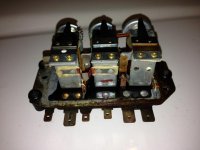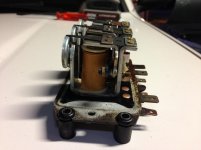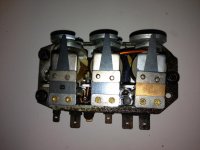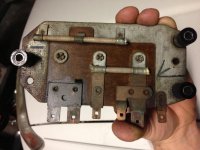BrandonBJ8
Jedi Trainee
Offline
I keep having to jump my car to start it so there must be an issue with the battery or generator. The battery was reading around 12v with the car off. After I got the car running, the battery read up to about 12.8v with the RPMs in the 2000-2500 range. The indicator lamp first didn't go off until about 2500rpms, but after revving it up there a few times it stayed off at around 1000 RPMs. I checked the brushes and they appeared to have some spring in them left.
I also hooked up a voltemeter to the D+ on the generator (and ground the DF). The generator itself never generated more than about 3.75v.
Any ideas? Thanks!
I also hooked up a voltemeter to the D+ on the generator (and ground the DF). The generator itself never generated more than about 3.75v.
Any ideas? Thanks!

 Hi Guest!
Hi Guest!

 smilie in place of the real @
smilie in place of the real @
 Pretty Please - add it to our Events forum(s) and add to the calendar! >>
Pretty Please - add it to our Events forum(s) and add to the calendar! >> 




